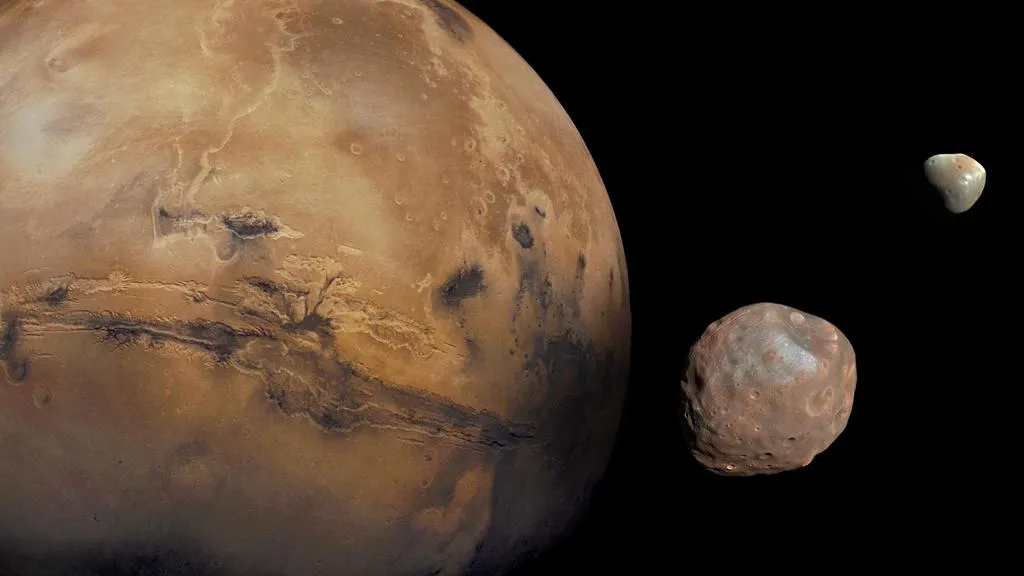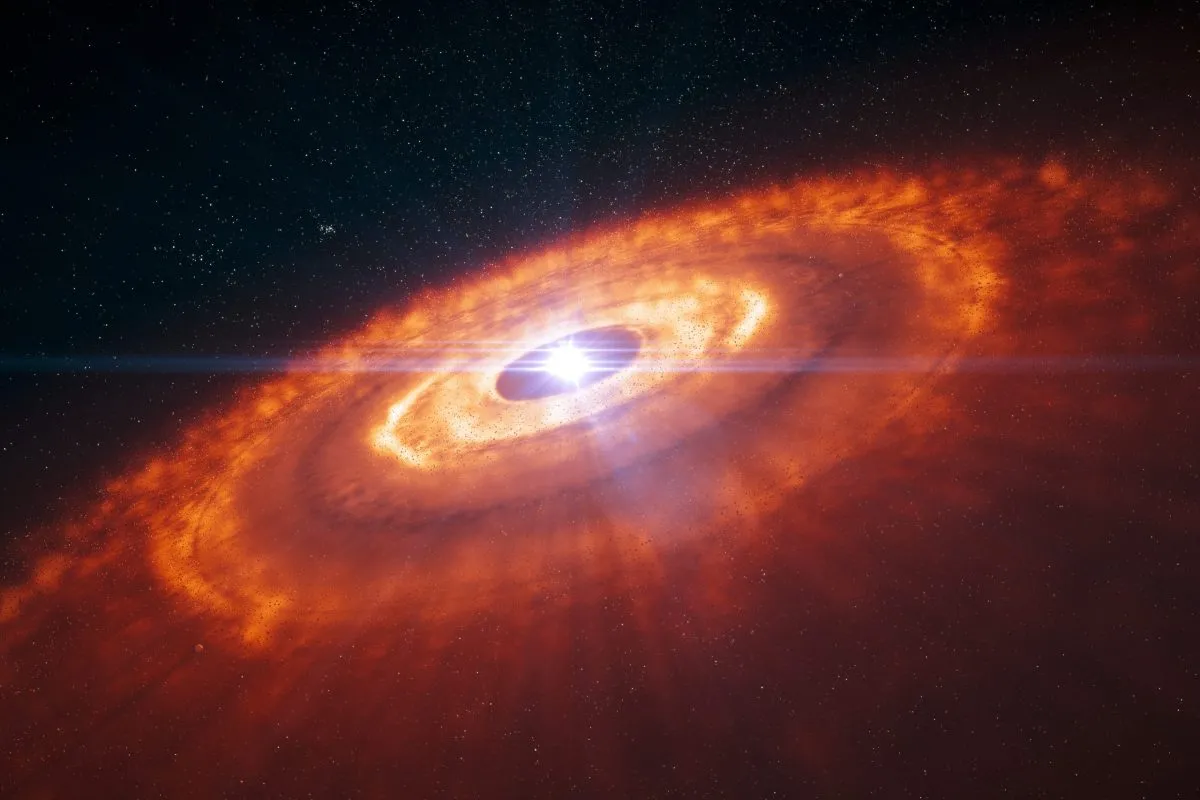Knowing how the Moon formed is key to understanding the history of our planet and also our Solar System.
Being a self-certified lunatic, looking at cosmic collisions gives me a wonderful chance to investigate one of my favourite objects in the night sky, because without them we probably would not have our Moon.
Before the Apollo moonlandings there were three main theories surrounding the Moon’s formation:
The first was the idea that the Moon was a passing asteroid captured by Earth’s gravitational field.
This seems to be a common occurrence in our Solar System and explains the two moons of Mars, Phobos and Deimos.

But looking at the size of this Martian duo demonstrates the flaw in this theory in terms of our companion: our Moon is probably too large to fall into this category.
The next theory was that the Moon formed as a binary companion to Earth, the pair spinning fast and forming out of an accretion disk.
But this idea has flaws too, the main one being the size of the Moon’s core.

If the Moon had been formed in this way, the core should account for a much larger proportion of its volume.
The third theory was based on the idea that the early Earth was spinning so fast that a large blob of matter span off into orbit to form the Moon.
The mechanics of this, however, are hard to reproduce.
If the Earth was spinning fast enough for a large blob to escape, it would seem more likely that the blob would have enough momentum to carry it on out into space.
How the Apollo missions shaped moon formation theories

Once the Apollo missions returned to Earth with Moon samples, our formation theory went in a different direction.
This is, of course, the exact reason why astronomers study samples from other worlds.
Chemical analysis of the samples showed a remarkable similarity between Earth’s composition and the Moon’s.
It suggested some common heritage between them and the collision theory of the Moon's formation was born.
The most commonly accepted theory of how the Moon formed is the collision theory, suggesting a small, Mars-sized planet (named Thea) collided with the early Earth, sending material into orbit that coalesced to form the Moon.

This new body was formed at just the right distance to be independent: any closer and Earth’s gravity might have pulled the material back.
It is an elegant theory and would explain the similarities between the chemical compositions of the Earth and Moon.
But there is a problem, again. The compositions look too similar.
If this collision occurred as predicted, the Moon should have more of Thea’s material and should therefore be more different from Earth.

The Apollo Moon samples were obtained from a very small area – could this explain the similarities?
It would seem not, because we do have other lunar material. The Soviet Luna programme returned 0.33kg of Moon samples, and we also have a number of lunar meteorites.
Analysis of this material brings up a similar problem: it is just too similar to the composition of Earth.
So where does this leave the collision theory? Well it still has a lot of support, but what would be a great help is having more lunar samples from known but widely varying locations.
This article originally appeared in the July 2014 issue of BBC Sky at Night Magazine.
